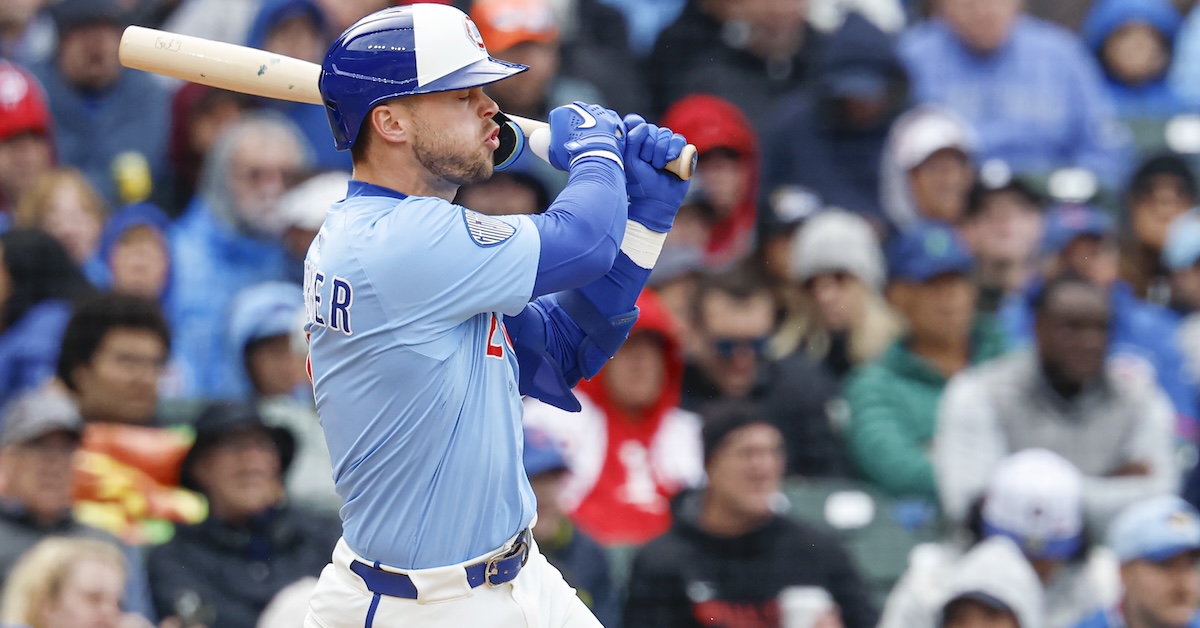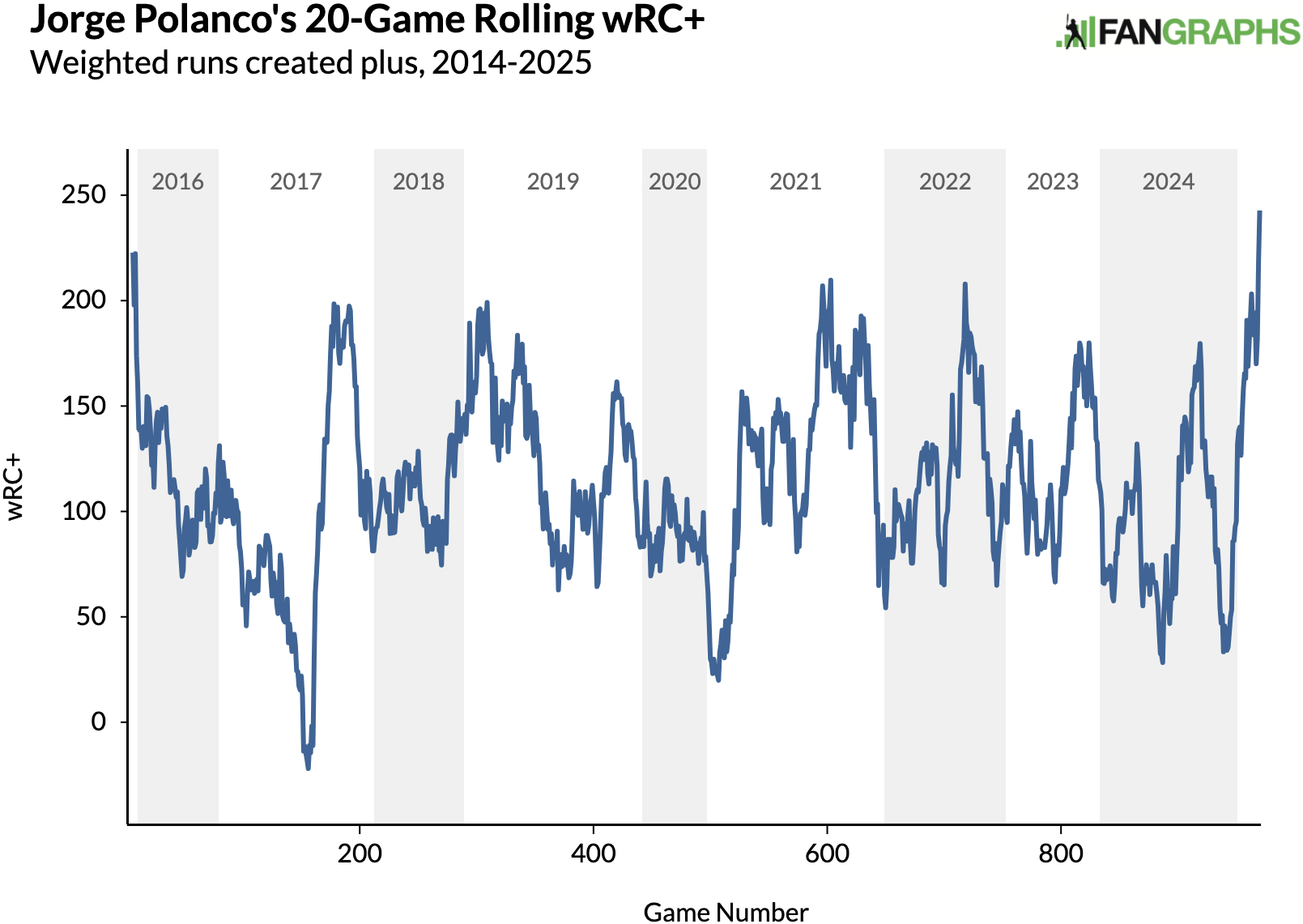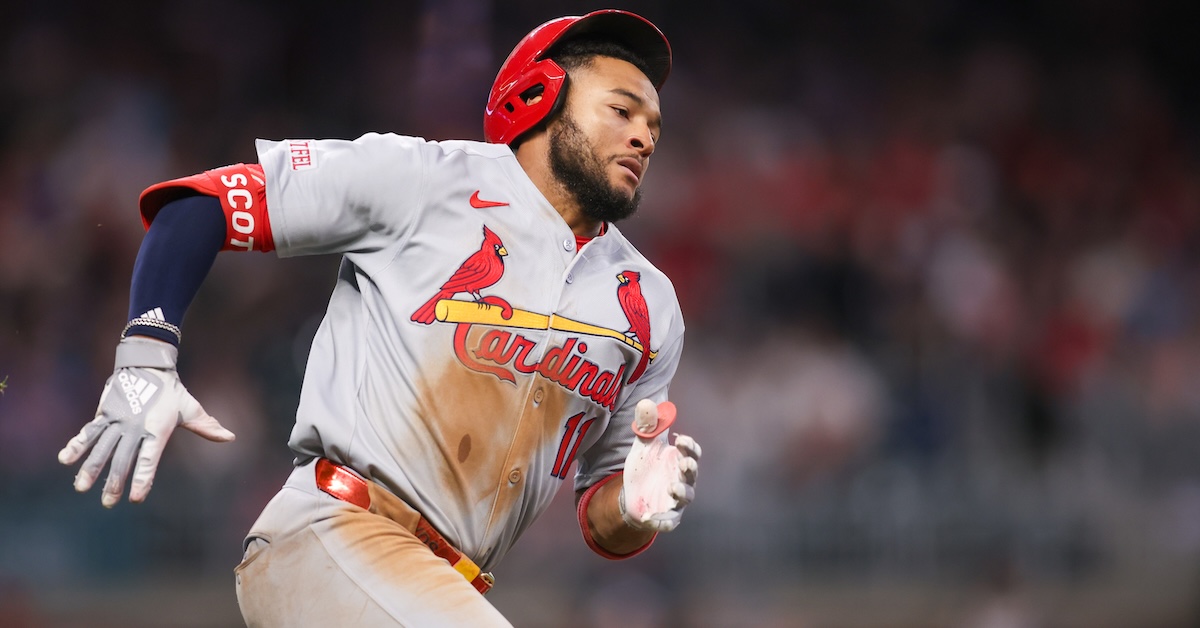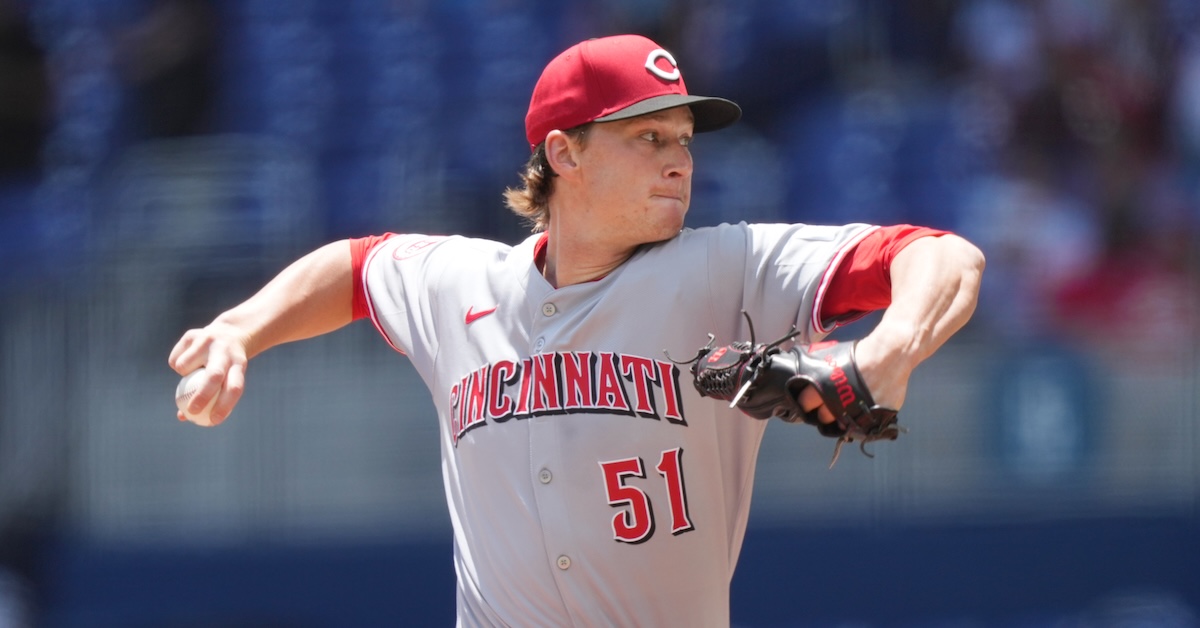Nico Hoerner Is Flirting With Perfection

Do you know how many leaderboards we have here at FanGraphs? I don’t. I genuinely don’t. Just in our main offense, defense, and pitching leaderboards, I counted 78. That’s before you get into team stats, league stats, splits, spring training, the postseason, combined WAR leaderboards, NPB, KBO, the minors, college, the BOARD, and on and on. We have hundreds of leaderboards because you, the citizens of planet baseball, deserve them. If you want to know who’s leading the Florida State League in groundball-to-fly ball rate, it is your right to learn that Kyle Henley of my beloved Daytona Tortugas is somehow hitting a mind-boggling seven grounders for every ball he hits in the air. I didn’t think it was possible for a baseball player’s offensive profile to suffer from acrophobia, but here we are learning new things from the leaderboards every day.
We have three plate discipline leaderboards because we pull data from Sports Info Solutions, Pitch Info, and Statcast. The strike zone is (for now) three dimensional, and so is our coverage of it. I came to really appreciate this fact on Monday, when I got curious about which hitter was doing the best job of avoiding whiffs. According to SIS, Chicago Cubs second baseman Nico Hoerner is leading all of baseball with a perfect, shining 100% contact rate inside the strike zone. Let’s stop for a moment and reflect upon this achievement. We have been playing baseball for over a month now. Over more than 100 plate appearances and nearly 400 pitches, Hoerner has yet to swing at a strike and miss. He is the only player in baseball who can make such a claim, and yet that claim is disputed nonetheless. Read the rest of this entry »









